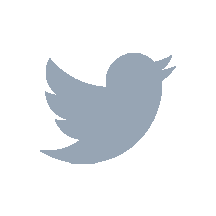Welcome to Outstanding
Royalty Free Beats






Listen to our Best Royalty Free Beats
We know the right song can make or break your project. That’s why every track in our library is vetted by award-winning producers. Hear for yourself. We've curated a playlist with our best royalty free beats.
Looking for something different?
We got you. From classical to hip hop to indie, our audio library contains thousands of outstanding tracks. Use one of our 13 filters or check out other curated playlists to find what you need in minutes.
BROWSE THE FULL CATALOG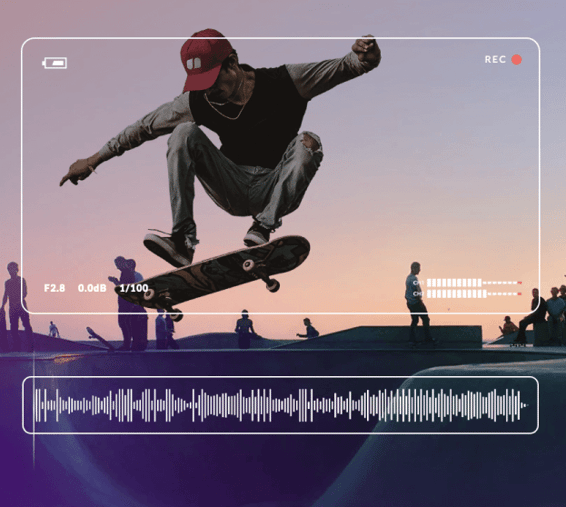
Dead Simple Licensing
Never worry about licensing again. With Soundstripe, your membership covers the cost for every song license. Just find the right track, download the file, and get a custom license. That’s it. No channel or media-specific fees, no recurring royalties, ever. Here’s more good news: you have unlimited licenses. Go ahead, download as many songs as you want.
The History And Influence Of Royalty Free Beats
Culture is one of those things that builds on itself. By definition, culture is “the characteristic features of everyday existence (such as diversions or a way of life) shared by people in a place or time.” It’s a collective entity that has layers and layers of depth, meaning, and history.
In some ways, culture is a living thing. And much of modern culture has been shaped by humanity’s favorite art forms, including the music we make.
Many popular music genres have grown beyond a style. A lot of them — like EDM and rock and jazz — have affected people so heavily that these music genres build a unique culture around themselves.
But none of them are quite as all-encompassing and influential as hip hop.
Hip hop might have began as a form of self expression back in the 1950s when African-American communities finally had the space and freedom to openly do so. But in the past 50 years, the genre has exploded into a movement that has reached almost every corner of the globe.
As a creator, you’re here for one of three reasons: You love hip hop music, you want to use hip hop beats in your video content, or both.
So, to give you a comprehensive look at this genre, let’s explore the history and influence of hip hop music, and how you can use great royalty free beats in your projects.
A Look Back At The History Of Hip Hop
Hip hop dates back to the 50s, but really came into its own in the 70s. The genre hit the mainstream in the 80s, began to influence other genres in the 90s, and is now a driving force of all popular music.
You can break hip hop out into a dozen different subgenres, but the term “beats” has been a common colloquialism for both subgenres and hip hop as a whole.
Before we can get into how hip hop music can be used in filmmaking (and, specifically, why you should already be using royalty free beats in your projects), let’s cover a brief history on the genre and why it has become such an important piece of the music industry’s culture around the world.
The Origin Story of Hip Hop
There are some arguments about the “origins” of hip hop. Some people point to James Brown and draw a link between his big hits and the stylistic similarities to modern hip hop. Others point to the popularization of soul music and the growing popularity of Black musicians.
But in terms of the social movement (which occurred around the same time as the music style), hip hop began to develop in the Bronx during the 1970s. Historians point back to the cultural upheaval of the 60s, and specifically to the millions of middle-class Americans who left big cities to live in the suburbs.
These middle-classers were mostly white, which dramatically changed the ethnic makeup of American metropolitan areas.
Most of the people who stayed in these urban areas were minority groups who couldn’t afford to relocate their families. This huge shift meant that cities like New York evolved into more diverse places, allowing people to express themselves and their cultures in new ways.
These changes launched a time for freedom of expression, and not just for the hippie movement. The 70s gave us a whole catalog of new art forms, music genres, fashion styles, and food menus, and the hip hop culture tied all of those pieces into a collective movement.
People identify hip hop with four key components: deejaying, rapping, graffiti, and break dancing. Even when hip hop grew into a nationwide (and eventually global) phenomenon, these four elements were still a key part of the genre’s DNA.
The “New School Hip Hop” Era
The “new school” era of hip hop gave us some of the most popular and influential music artists of the last half-century. (In fact, many people still consider the 80s to be the Gold Age of hip hop music.)
Run-D.M.C., Public Enemy, and even the Beastie Boys helped push this style of music into the mainstream. And those acts inspired Queen Latifah, Will Smith, and M.C. Hammer in the early 90s — artists who became household names with billboard-topping hits.
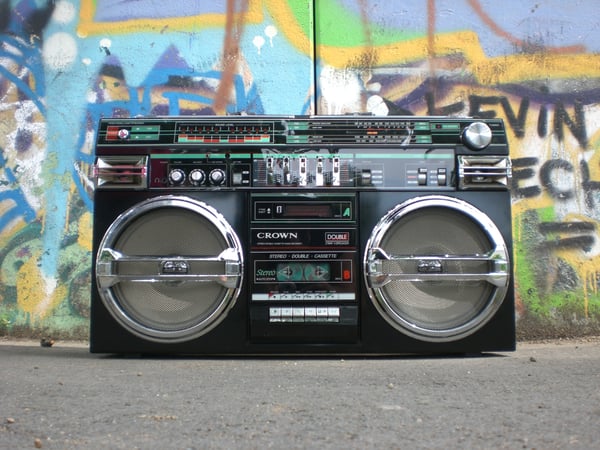
New school hip hop also began to segment the music styles by geographic region. West Coast and East Coast hip hop developed differently than each other, and underground movements like British hip hop had similar roots but a unique style. Other hip hop scenes (like in Tokyo, Paris, Jamaica, and even South Africa) started to draw inspiration from the American hip hop culture.
By the end of the 1990s, hip hop had become the most popular music genre in the world. Music historians tie the “commercialization” of hip hop to the deaths of Tupac Shakur and The Notorious B.I.G.
Artists like Puff Daddy and Jay-Z pushed for more pop-trending music compared to the hard-hitting music from Eminem, DMX, and 50 Cent. Contrast that to pop artists who blended hip hop with soul — names like Beyonce, Usher, and TLC.
All of these styles helped the genre divide and conquer, infusing the core pieces of hip hop into other corners of the market. Think about the beat-driven style of *NSYNC (and other boy bands), or gospel music from Kirk Franklin, or the percussive style in modern jazz and blues music.
Hip hop has become a foundation of the musical landscape. That has only increased in the last 20 years, which continues to open new — and sometimes unexpected — doors for artists, fans, and anyone with even the slightest interest in hip hop music.
Hip Hop In The 21st Century
After a bit of a rocky start in the 2000s (You know, back when music pirating was a huge problem — thanks, Napster.) the music genre found its footing. And hip hop transitioned from a popular genre to the genre.
That’s more than releasing chart-topping albums. It’s more than Grammy-winning artists. It’s more than artists becoming household names on the same level as “Backstreet Boys” or “Journey” or “Led Zeppelin” in previous decades.
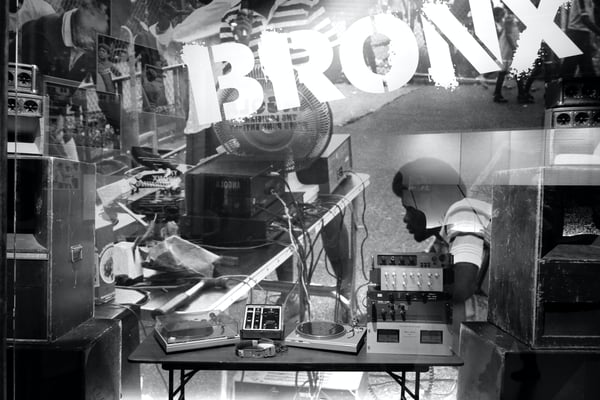
Hip hop artists are no longer just musicians — they have grown into moguls and entrepreneurs. From owning sports teams to starting fashion lines, these artists are building brands and investing in their communities.
From headlining big events to influencing global politics, hip hop artists have become an instrumental part of life in the 21st century.
You can’t watch an hour of TV, go to the grocery store, or listen to the radio without experiencing the influence of hip hop in modern music and culture. And with music producers looking to blend different styles by featuring artists in each other’s songs, these “genre” lines are getting very blurry.
What’s Next For Hip Hop?
Trends in music are hard to predict. Genres have begun “stealing” pieces from each other — there isn’t a single track on Billboard’s Hot 100 that doesn’t use some sort of beat or modulated vocal track, and these are “classic” elements of hip hop music.
But for all of the changes that have happened, it’s safe to say that hip hop isn’t going anywhere. If anything, you can expect to see this music continuing to show up in new or unusual spots as people become more comfortable and familiar with hip hop.
Let’s be honest: Before a few years ago, no one would have imagined something like Lin-Manuel Miranda’s “Hamilton” even existing, let alone becoming something that changed the entire Broadway scene. (If hip hop can rewrite the rules of staged theatre, it can do literally anything.)
That sort of success leads to opportunities in other areas, because it inspires hip hop artists — particularly in under-represented communities — to chase success in the industries they love.
And this is only the beginning. Like most of modern music, hip hop is still a “young” style. But the size and scale of its cultural influences give it much wider appeal than a lot of other popular music genres.
The Basics Of Music Licensing For Creators
We’ve covered the history and influence of hip hop “beats,” so let’s shift gears to the other half of this article’s title: the “royalty free” music part.
If you aren’t familiar with music licensing, you should be. Music copyright has a huge impact on how content creators, filmmakers, and ad agencies produce videos. And if you aren’t aware of why music licensing matters, then you run the risk of copyright claims.
In other words, you could have your content taken down, monetized by someone else, or your channel banned. Worse, some copyright claims have grown into courtroom fiascos with penalties of prison time or tens of thousands of dollars in fees.
Don’t run that risk.
Breaking the law is scary, but music licensing in itself isn’t something most people need to worry about. It’s a system that exists to protect the interests of artists. You wouldn’t want someone else to take your videos, edit out certain scenes or dialogue, and use it in their projects without giving you any credit, right?
Well, music licensing protects musicians and artists from that same thing. Processes like YouTube’s Content ID exist to make sure that a copyright holder gets credited and paid for the work they did in bringing a song to life.
In other words, as long as you purchased a license to that song, you will be protected from DMCA strikes, copyright claims, and legal actions.
Once you pay for a license agreement, you’ll also be expected to pay royalties. These are regular payments that distribute a percentage of the video’s revenue. After all, you paid the copyright holders to use their song; they’ve got a vested interest in your project, and they’ll expect a portion of any money that project makes for you.
Is that a pain? Yeah, sometimes. Nobody likes to split their hard-earned cash — especially content creators and freelancers who rely on that source of income. But initial licensing fees and regular royalty payments are an ingrained part of music licensing, so it’s something artists have come to expect.
Using Royalty Free Beats In Your Projects
Then again, why should today’s creators be stuck with outdated systems? Shouldn’t there be a way to get music that benefits the other creators and not just the songwriter and record label?
Here’s some good news: Royalty free music is the alternative you never knew you needed.
In technical terms, royalty free music is just what it sounds like. It’s a system designed specifically to help content creators, where companies purchase the rights to songs and then license those tracks out for a fraction of what you’d pay in the traditional music licensing process.
(You also won’t have to deal with royalty payments, hence the “royalty free” name. It’s another great perk that makes this a good fit for content creators, freelancers, and independent filmmakers.)
But why pay $5,000 to put some chill music into your commercial project when you could license a song for less than $50? That’s the question that we here at Soundstripe asked ourselves, and it’s why we decided to push the envelope even further.
Our goal is to keep creatives creating, and that meant finding new ways for you to get the non copyright music you need for even cheaper. That’s why Soundstripe introduced a subscription service for royalty free music.
For a regular payment (either monthly or yearly), you’ll get access to Soundstripe's entire music library. Anyone can check out our music, but a subscription means you can license as many radio-quality songs from Soundstripe as you want.
And you’ll have that license in perpetuity, which means your project will be covered forever, even if we swap out that song for something new in a few years.
It’s stress-free music licensing for content creators. And if you’re interested in getting some awesome beats for your next project, there really is no better option than royalty free beats.
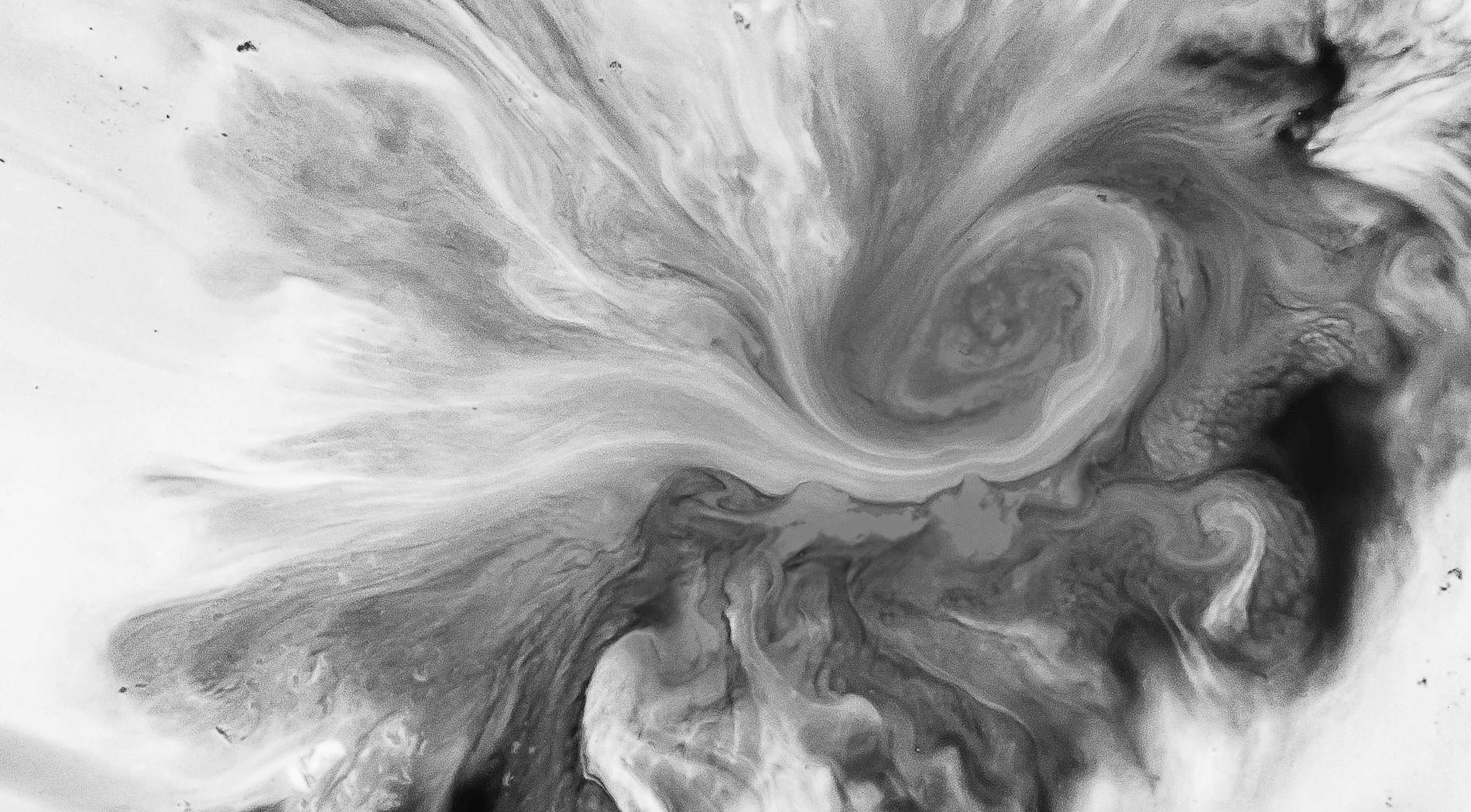

Have questions? Give us a call
855.224.0847
Soundstripe - Unlimited Music for Video
© 2017-2020 A Product of Soundstripe, Inc
Nashville TN



